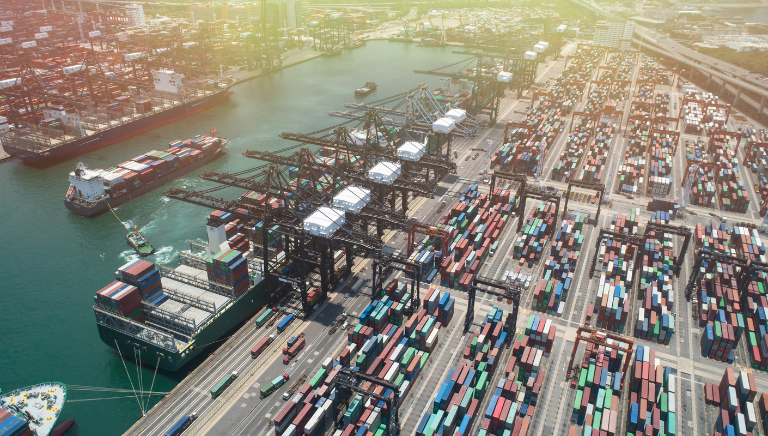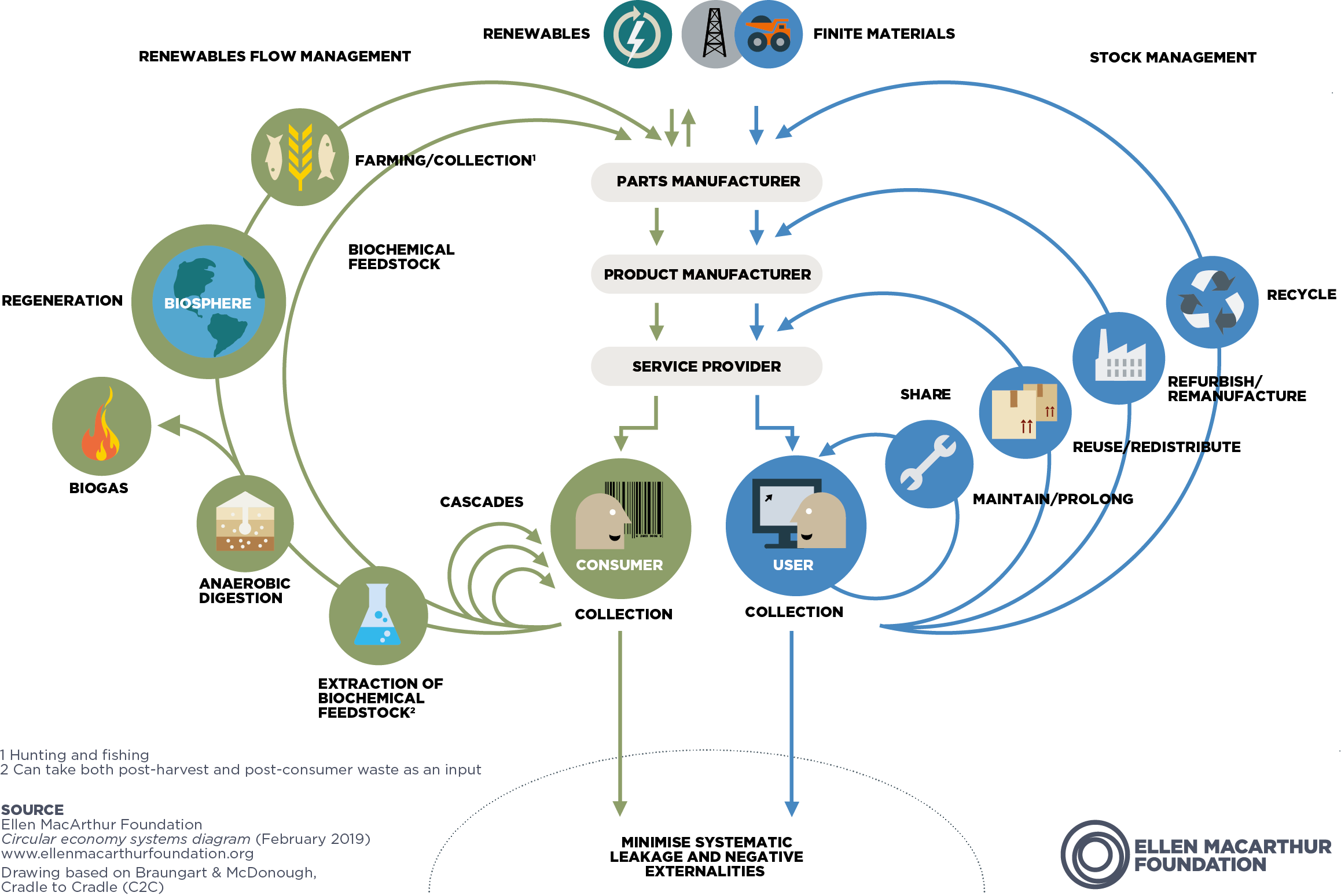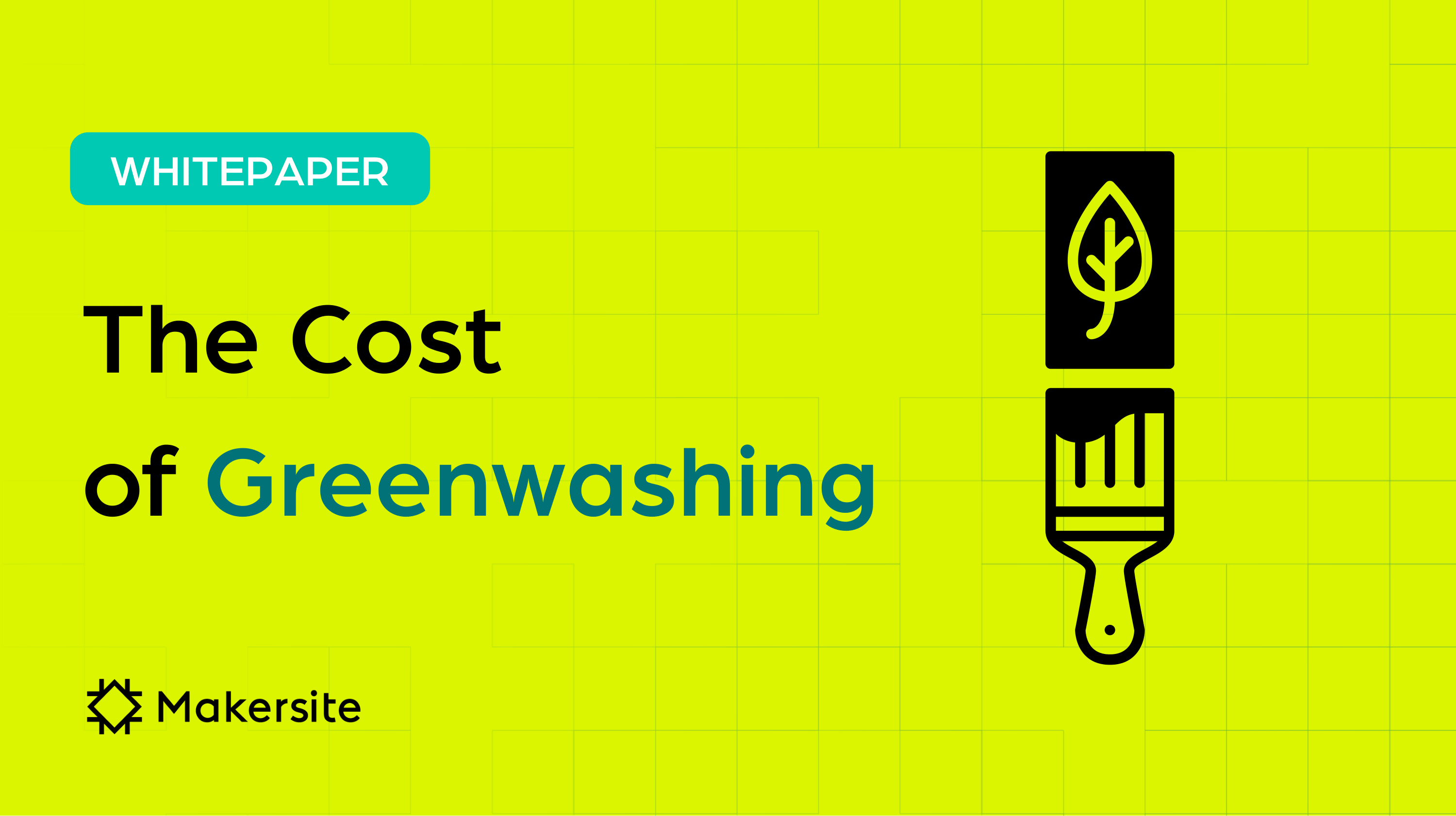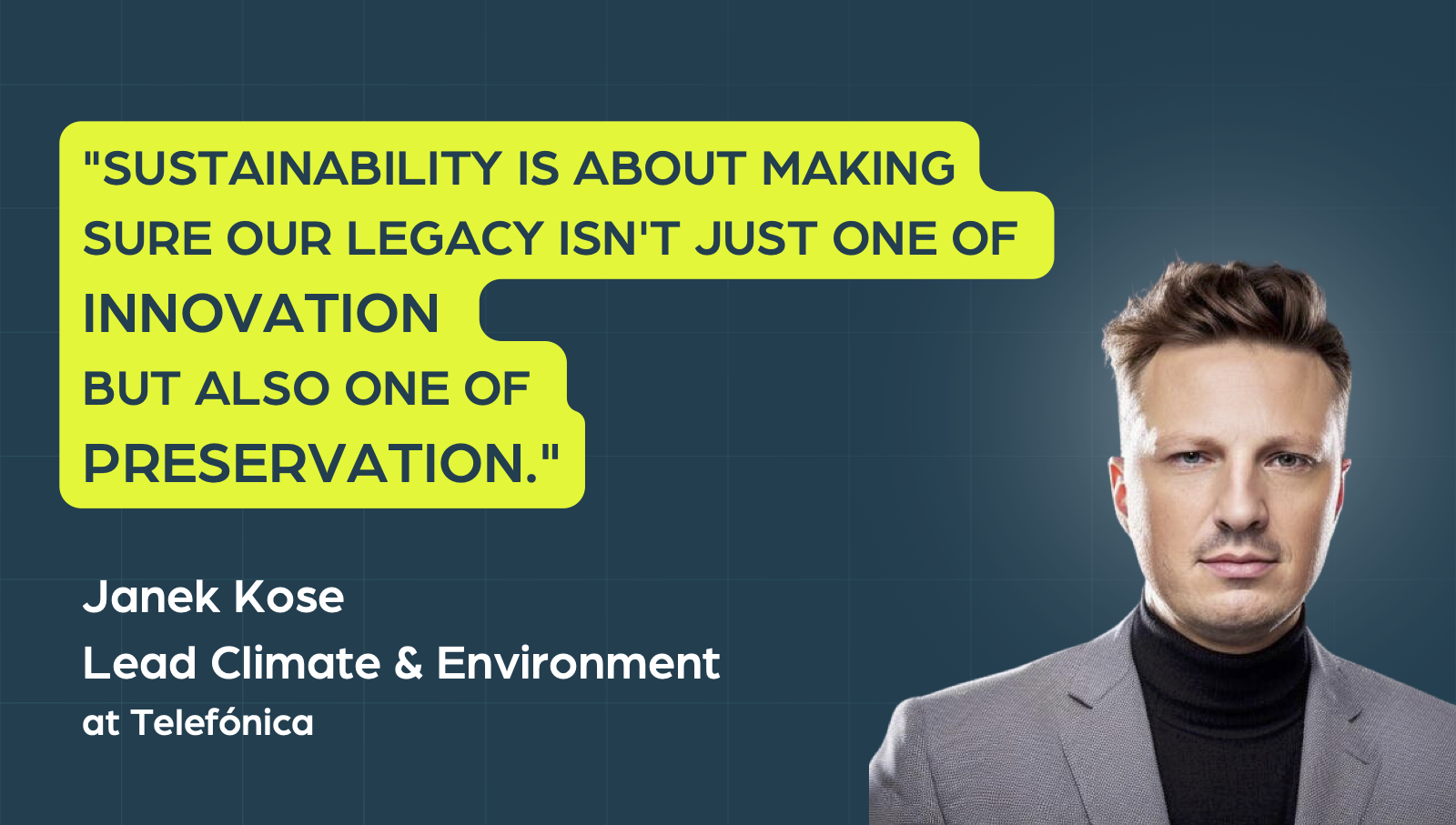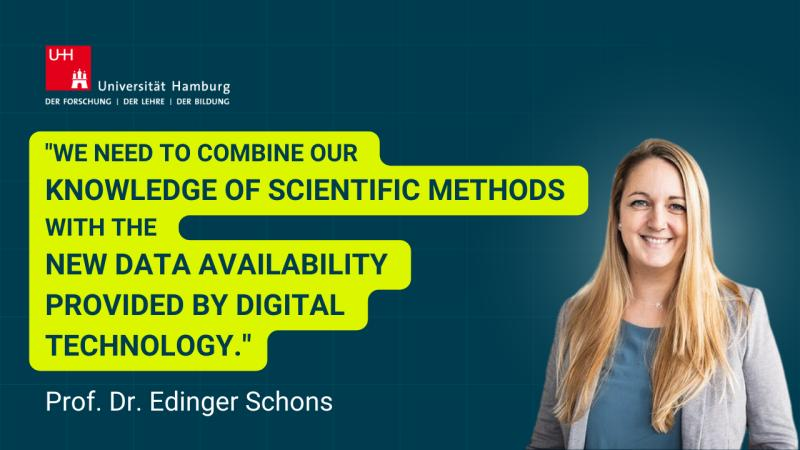Note: Further CSDDD developments – where the directive failed to receive final approval – were announced on 28th February 2024. You can read about what happened here.
The Corporate Sustainability Due Diligence Directive (CSDDD) is the European Union’s most recent response to the urgent call for more responsible and sustainable business practices. As an upcoming directive, it is designed to ensure businesses comply with established human rights, social, and environmental standards. Building on the foundation of the French “loi de vigilance” and the German Supply Chain Sourcing Obligations Act (LkSG), CSDDD addresses environmental impacts and human rights obligations along supply chains.
For businesses, the CSDDD represents a significant shift in operational requirements and business strategy. It demands transparency and accountability at unprecedented levels, requiring companies to critically examine their business models, strategies, and supply chains.
In response to the proposed directive, companies of varying sizes – specifically those with more than 250 employees and a global turnover of over 40 million euros – will be subject to its requirements. Penalties for non-compliance can reach up to 5 percent of global sales, a sizable financial risk for businesses.
As of 2023, the CSDDD is making significant progress through the EU’s legislative process. It is currently in the trilogue stage, where representatives from the European Parliament, the European Commission, and the European Council are striving to reach a consensus on the final version of the directive. Although the exact timeline for the CSDDD’s implementation is yet to be defined, it is clear that businesses need to prepare and adapt to its impending arrival.
This shift brings with it a range of new responsibilities for various roles within companies. From Compliance Managers to CEOs, Procurement Managers to HR and Marketing teams, and even Legal departments, everyone will be touched by the CSDDD’s influence in some way. The rest of this guide will provide you with a comprehensive understanding of the changes CSDDD brings to your role and how to best prepare for them.
Navigating Through CSDDD: What Changes for Your Role
The CSDDD, as a transformative directive, will impact the way companies function. Each role within an organization will find themselves having new responsibilities and changes in their usual tasks. It will also change the way on how different departments will have to work together to enable transparency throughout your business.
Understanding these changes is critical for employees at all levels. Here, we delve into the specific adjustments and adaptations required in various roles.
CSDDD: A New Era for CEOs
As a CEO, the CSDDD will necessitate a top-down review and potential restructuring of your company’s operational strategies. Meeting the directive’s requirements will be a multifaceted process that not only ensures regulatory compliance but also promises potential benefits like access to government funds and investor interest.
A CEO’s role will evolve to place greater emphasis on sustainable business strategies, demonstrating commitment to CSDDD principles in all aspects of the company’s operations. This means aligning the company’s mission, vision, and operational plans with CSDDD requirements, demonstrating compliance and showing a clear roadmap for sustainability transition.
The CSDDD is not just about avoiding penalties; it offers an opportunity to showcase your company as a responsible, future-forward organization. Embracing the CSDDD can attract positive attention from investors who prioritize ESG (Environmental, Social, Governance) factors, government entities providing support for sustainable businesses, and customers increasingly favouring businesses with robust sustainability practices.
To successfully navigate these changes, CEOs must stay updated about the CSDDD’s progression, engage with their teams about the directive’s implications, and incorporate sustainability as a core element of their strategic planning.
R&D Managers: R&D taken to a new level under CSDDD
The Corporate Sustainability Due Diligence Directive (CSDDD) could change the tasks of R&D managers in several ways. Most importantly, they need to look at their own operations and value chains to identify, prevent, end or mitigate the negative impacts of their research and development activities on human rights and the environment.
They will also need to conduct due diligence on their products and processes as well as those of their suppliers and subcontractors. To do so they need to develop and implement prevention action plans, monitor and report on their due diligence processes and outcomes, and consult with relevant stakeholders such as workers, trade unions, civil society organizations, and affected communities.
R&D managers may also need to align their research and development strategies with the Paris Agreement and the EU Green Deal while setting emissions reduction objectives for their operations and products and they will need to ensure that their directors are aware of and oversee the due diligence processes while integrating them into the corporate strategy.
Sustainability Manager: Broadened Responsibilities under CSDDD
As Sustainability Managers, the CSDDD presents an opportunity to further promote responsible practices within your organization. The directive significantly broadens the scope of sustainability management. Previously, the role mainly involved optimizing operations for minimal environmental impact and ensuring the company’s alignment with sustainability goals. With the CSDDD, the role expands to incorporate a more holistic approach to sustainability, encompassing human rights, social impacts, and more comprehensive environmental considerations.
Your primary task will be ensuring that your company’s value chain is transparent. Transparency in this context means that all stages of the value chain, from raw material sourcing to end-product delivery, must be traceable and accountable in terms of their environmental and social impacts. A crucial aspect will be ensuring the accuracy of reporting on decarbonization efforts. This might entail working closely with suppliers and other third-party associates to gather and validate data.
The broadened scope of the role may necessitate bringing in additional colleagues to manage the increased workload and complexity. Working together, you will need to keep each other, as well as other stakeholders, informed about CSDDD requirements and the company’s progress towards compliance.
The Role of Compliance Manager in the Age of CSDDD
For Compliance Managers, the CSDDD will add an additional layer of complexity to their role. Previously, their tasks revolved around ensuring compliance with a set of predefined guidelines and regulations. However, the introduction of CSDDD will require them to also ensure that materials, processes, and suppliers comply with the specific standards set out by the directive.
These standards pertain to aspects like environmental preservation, human rights protection, and ethical business practices throughout the entire supply chain. Compliance Managers will need to establish systems and processes to monitor these factors actively. For instance, they must ensure that all materials used in the company’s production process are sourced ethically and sustainably, and that all suppliers adhere to the human rights, social, and environmental standards set out by the CSDDD.
The role will extend beyond the company’s internal operations. Compliance Managers will also have to validate the compliance of suppliers and other third-party associates, requiring an understanding of these entities’ processes and the ability to assess their compliance.
Adapting to these changes will require Compliance Managers to acquire additional knowledge about the new regulations and to develop the ability to assess compliance in a more diverse range of areas. With these expanded responsibilities, the Compliance Manager’s role will be pivotal in ensuring the company’s successful transition to the new operational reality under the CSDDD.
Procurement Managers: Ensuring Supply Chain Compliance with CSDDD
In the realm of procurement, the CSDDD brings a whole new set of challenges and opportunities. As a Procurement Manager, you will be entrusted with the critical task of ensuring that all suppliers along your supply chain, including deep tier suppliers, are compliant with the legal requirements set forth by the CSDDD.
This responsibility involves not just identifying potential suppliers but also vetting them thoroughly to ensure their practices align with the directive’s stipulations. This may require setting up new processes or tools to facilitate supplier evaluation and risk assessment, particularly when considering potential substitutes and the impacts changes may have on procurement.
Collaboration will also be key in your role, necessitating open lines of communication and feedback mechanisms with suppliers but also internally with the compliance team. Regular monitoring and auditing may be required to ensure suppliers maintain their compliance, and that your procurement activities continue to adhere to the directive.
Supply Chain Managers: Tracing and Monitoring Under CSDDD
For Supply Chain Managers, the CSDDD will bring an increased emphasis on traceability and risk management. The directive mandates the identification of the origins of supplied goods, understanding how they were produced, and discerning the potential impacts these processes have on the environment, climate, and human rights.
This task involves mapping the entire supply chain, including deep tiers, and making this information accessible to all stakeholders. Challenges may be especially pronounced in the case of imports from developing countries, where checking the entire supply chain might pose a greater challenge.
Moreover, the role will involve the ongoing monitoring and control of an expanded set of risk factors in the supply chain. This will require the development of new systems for finding reliable data, incorporating it into your company’s risk management systems, and updating it regularly. While the task is demanding, with appropriate planning and tools, Supply Chain Managers can help their organizations transition smoothly into this new era of heightened sustainability and transparency.
Human Resources: Aligning Workforce with CSDDD
The CSDDD also significantly impacts the Human Resources department. The directive’s emphasis on ethical and sustainable business practices is an asset to attract and retain talent in the workforce. As an HR professional, your role in promoting and upholding these values becomes central to the company’s adherence to the directive.
This could involve incorporating CSDDD principles into company policies, staff training, and development programs. An understanding of the directive would also need to be integrated into the recruitment process, ensuring that new hires are aligned with the company’s sustainability goals. Regular communication with employees about the company’s CSDDD compliance efforts can help foster a company culture that values and supports sustainable practices.
Marketing: Enhancing Brand Perception through CSDDD
For Marketing professionals, the CSDDD offers an opportunity to improve brand perception and gain consumer trust. The commitment to sustainability, ethical sourcing, and responsible business practices stipulated by the directive aligns with the growing consumer demand for companies that prioritize these values.
To leverage this opportunity, Marketing professionals need to communicate effectively about the company’s efforts to comply with the CSDDD. Transparency about the company’s supply chains, environmental impact, and human rights policies can be used to engage consumers and differentiate the brand in the market.
Additionally, the Marketing department can collaborate with other teams to gather relevant data and stories, bringing the company’s CSDDD compliance journey to life in a way that resonates with consumers and strengthens the brand image.
Legal: Navigating CSDDD Compliance
The introduction of the CSDDD will significantly impact the role of Legal professionals within the company. Ensuring compliance with the new directive will require a comprehensive understanding of its stipulations and the ability to interpret them in the context of the company’s operations.
This may involve updating company policies, reviewing contracts with suppliers and partners, and advising other departments on legal requirements related to the CSDDD. Legal professionals will also need to stay abreast of updates to the directive and relevant legislation to ensure continuous compliance.
The increased complexity brought by the CSDDD requires collaboration across departments. Legal teams will likely work closely with Compliance, Procurement, and Supply Chain Managers, among others, to ensure that all facets of the company’s operations are in line with the directive’s requirements.
In conclusion, the CSDDD represents a significant shift in the business landscape, affecting various roles within a company. By understanding these changes and preparing accordingly, businesses can navigate this transition effectively, meeting their compliance obligations while seizing the opportunities that come with being a sustainable, responsible business.
Making Sense of the CSDDD: The Power of Collaboration and Robust Supply Chain Data
The CSDDD requires companies to operate in a way that is not only profitable but also minimizes their environmental impact and safeguards human rights. This paradigm shift brings to light the necessity for robust data and collaboration.
In this new landscape, companies are expected to demonstrate transparency and traceability across their entire supply chain. The ability to do so relies heavily on the availability of accurate and comprehensive data. Every link in the supply chain, from raw material extraction to the finished product, needs to be thoroughly examined for environmental impact, labour practices, and more. Therefore, investing in systems that can provide this level of granular detail becomes an integral part of CSDDD compliance.
Moreover, the scope of the CSDDD also highlights the importance of cross-functional collaboration. Ensuring compliance is not the responsibility of a single department but requires the collective effort of multiple roles within the company, including Procurement Managers, Supply Chain Managers, Compliance Officers, and more. Successful compliance with the CSDDD, therefore, requires breaking down silos and fostering a culture of collaboration within the company.
The CSDDD isn’t just about following rules—it’s about engaging in a meaningful journey towards a sustainable and equitable future. Through effective collaboration and leveraging robust supply chain data, companies can position themselves to navigate the upcoming changes successfully.
Conclusion: The 4 main takeaways
- Reflect on the changes that the CSDDD will bring to your specific role and your company. Consider what processes may need to be updated, who needs to be involved, and how your day-to-day tasks might change.
- Embrace the opportunities that come with the CSDDD. While the directive introduces new challenges, it also enables companies to demonstrate their commitment to sustainability and responsible business practices, enhancing their reputation among stakeholders. Understand the broader societal and environmental benefits of complying with the CSDDD, and take pride in contributing to these positive changes.
- Take proactive steps to prepare for the implementation of the CSDDD. Whether it’s educating yourself on the specific requirements, initiating discussions with your team, or beginning to assess your supply chain’s sustainability, there is much that can be done to ensure a smooth transition. Remember, the CSDDD journey is a collective one that involves every role within a company.
- The CSDDD is more than a directive; it’s a roadmap for businesses to contribute to a more sustainable and equitable future. By understanding the changes it brings and taking action now, you can ensure that your role and your company are ready to rise to the occasion
